The Czech-based digital studio Unique & Limited’s self-proclaimed aim is to recreate moments in automotive history in a way they’ve never been seen before, using a clever blend of computer-generated imagery and original photography. Its latest project brings to life one of the most storied races in motorsport, the 1976 Japanese Grand Prix, at which James Hunt clinched the World Championship by just one point, after an epic season-long duel with Ferrari’s Niki Lauda.
A tale of two halves
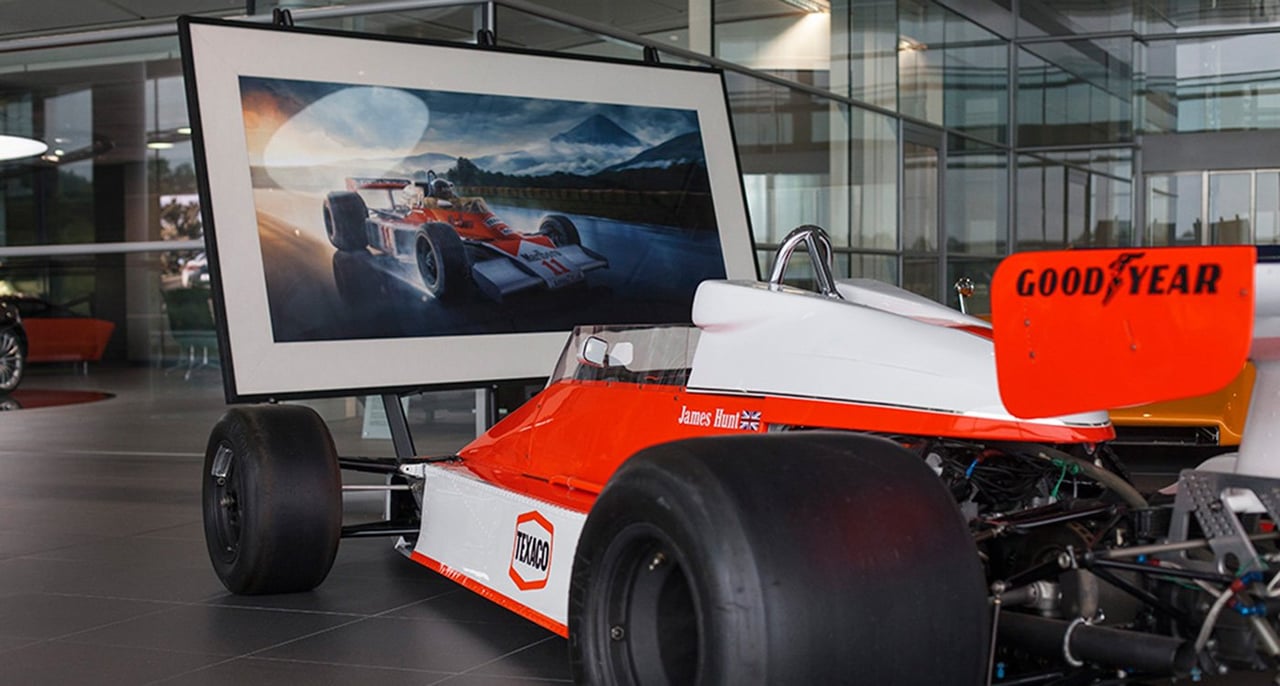
You’re most probably familiar with the story, but for those that aren’t, a little background… The ’76 Formula 1 season played out like a Hollywood thriller. McLaren’s new British hotshot James Hunt, whose debauchery away from the track often overshadowed his performance on it, engaged in a bitter duel with the comparatively collected and clinical Austrian, Niki Lauda.
Midway through the season at the Nürburgring, Lauda suffered terrible burns after his Ferrari crashed and burst into flames. The situation was so bleak that he was read the last rites in hospital. Unbelievably, just six weeks later he returned to racing, and though his absence had allowed Hunt to catch up in the points race, everything was very much still to play for. At the season-decider at the Mount Fuji circuit, torrential rain and thick fog prompted Lauda to voluntarily withdraw from the race, the Austrian deeming his life more valuable than the title he would subsequently gift to his great rival.
Gentle persuasion
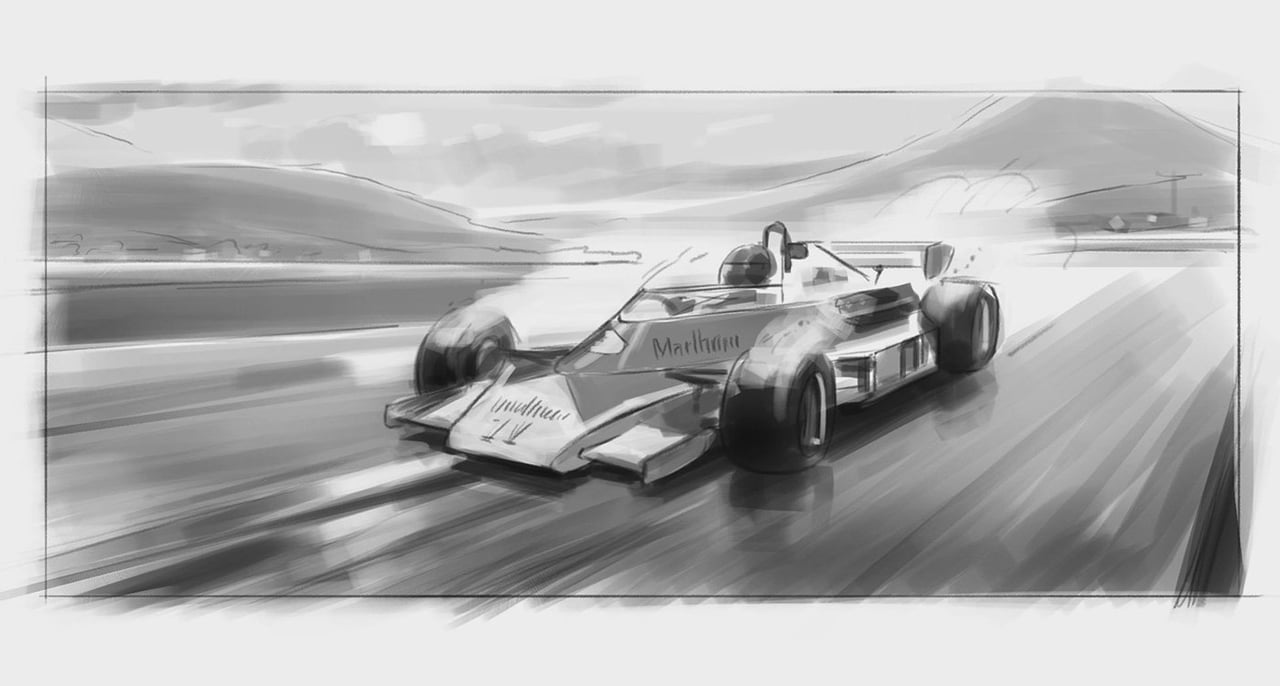

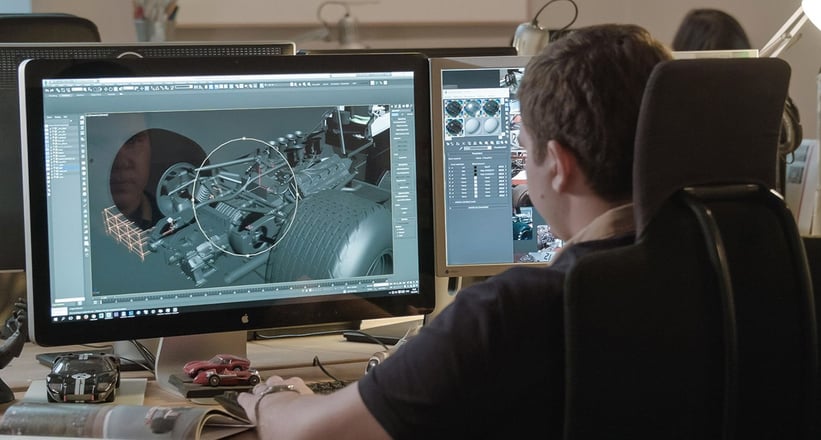
“We originally wanted to do a Senna print,” Unique & Limited’s founder Jan Rambousek tells us, “but when we got in touch with McLaren, it came up with an idea to do a James Hunt image instead, given this year marks the 40th anniversary of his World Championship victory.” Though the folks at McLaren were somewhat wary after receiving a number of hand-drawn concept sketches, as soon as the computer renders came together and things began to look a bit more ‘real’, they were sold. They’ve not ruled out a Senna print, either, so watch this space.

The first job was to establish an angle of the car that would work well with both Mount Fuji and the saturated yellow sky as the weather gradually got better towards the end of the race – two points that Rambousek’s team was keen to include. Work then began on rendering Hunt’s McLaren M23, an exceptionally complicated process that took three months in total, using archive images from McLaren and thousands of photographs of a similar M23 taken at this year’s Goodwood Festival of Speed (the actual title-winning car belongs to Bernie Ecclestone). “This is the most detailed model we’ve created so far,” explains Rambousek, “a lot of the engine and mechanicals are exposed, unlike many of the other cars we’ve done.”
Like father...

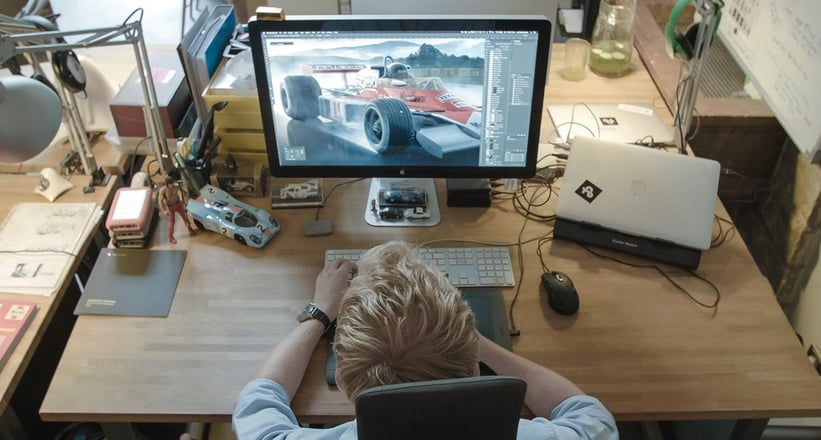

Incidentally, Goodwood was also where the team met James’s son Freddie for the first time. Given his uncanny likeness to his father, Rambousek persuaded Freddie to play his father in the image, albeit only his eyes. “When Freddie flew to Prague for the photo shoot, the first thing he told me was that he’d heard we had good beer and pretty girls,” says Rambousek. “He’ll certainly come back again!” As they say, like father, like son…
While the objects in the foreground of the image – the car, the grass and the guardrail – are computer generated, everything aft was composed using photos and terrain data, since the geographical environment has changed quite drastically since 1976. And the devil really is in the detail.
Drink in the details
 ]
]


“We were able to get lots of images of James and the car, but not a single one was in high quality,” explains Rambousek. “We had to figure out the exact details from that point in the race.” Take the remnants of tape around the intakes, for example, after it was torn off when the weather improved, or the peak of Mount Fuji, which would ordinarily be snow-capped – it wasn’t that year, proven by a single photo from a qualifying session the previous day. “We also did a simulation of water running over the car,” comments Rambousek, “to work out the exact positioning of the raindrops and splashes.”
The finished print is nothing short of spectacular, and implores you to peer closer and drink in all those intricate details. “As with all our prints, this was about creating a moment that you couldn’t physically capture back then, in great detail and colour,” summarises Rambousek. Ron Dennis signed off the print himself, and McLaren will receive a one-off 260x110cm copy, destined either for the Technology Centre or a charity auction. Furthermore, similarly to its other projects, Unique & Limited will produce a range of Hunt-themed posters using the renders of the car.
The bigger picture
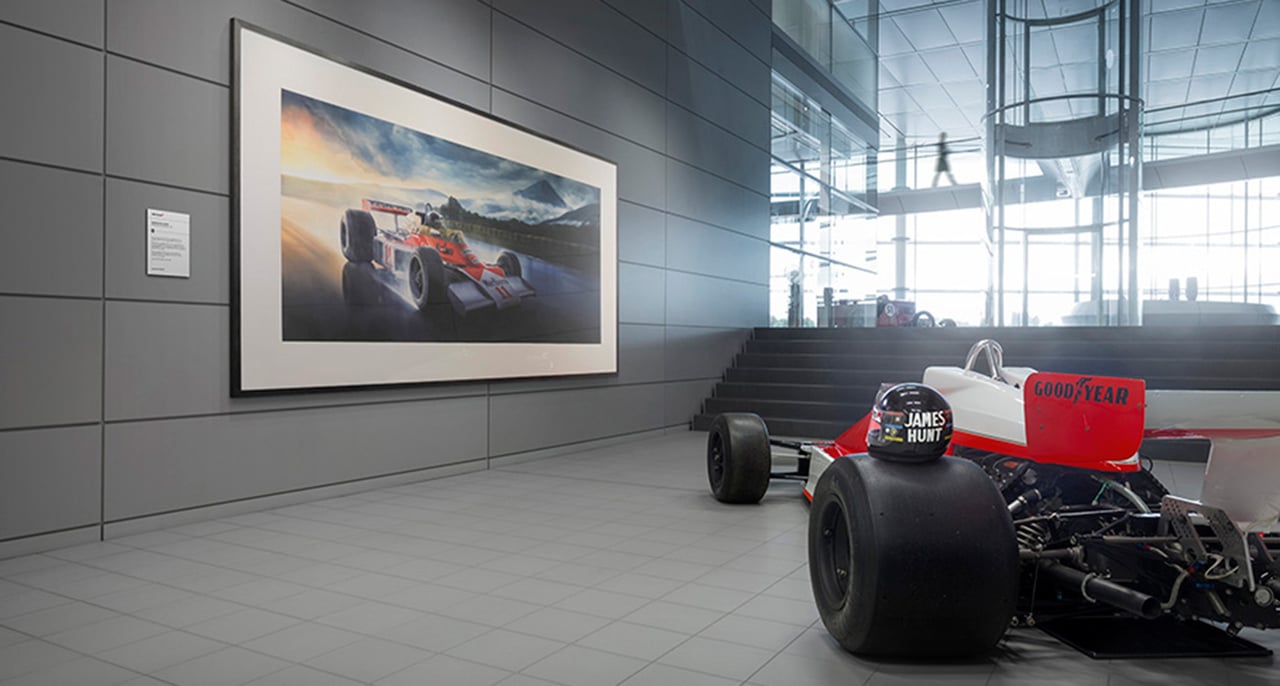
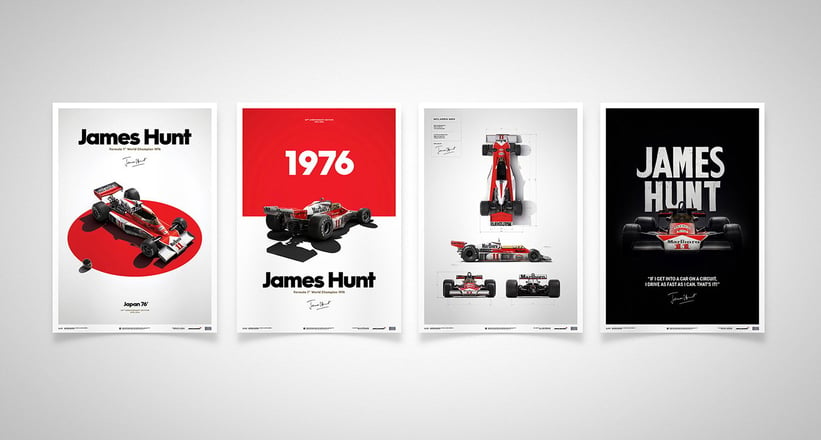
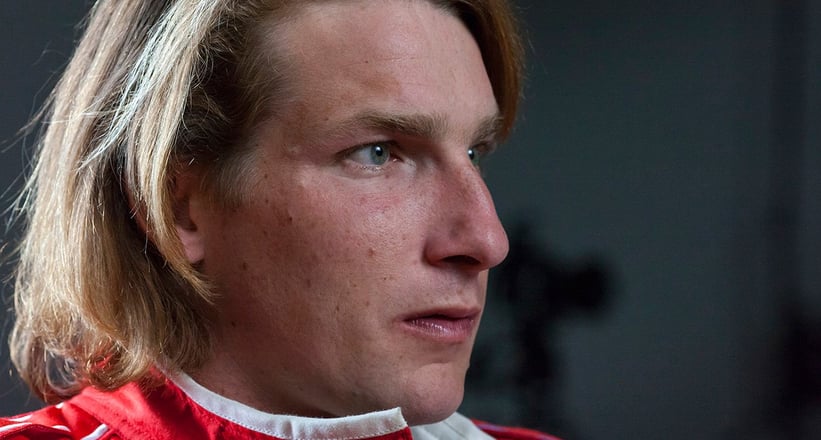
“The general idea at the beginning was to do a ‘hero’ shot from the race, and it was very much supposed to be about the car and the terrible weather conditions at the track,” concludes Rambousek. On the contrary, even the quickest of glances at the print brings to mind one of the greatest motorsport stories, a truly epic Grand Prix and, perhaps most importantly, the spirit and charisma of one extraordinary racing driver: James Hunt.
Photos and video courtesy of Unique & Limited.




































